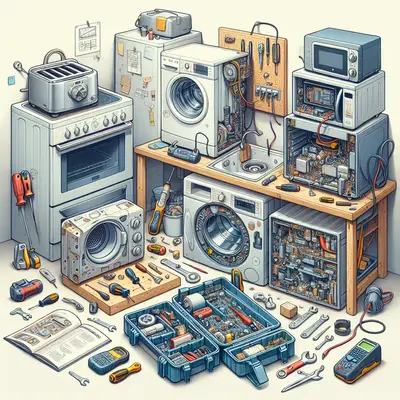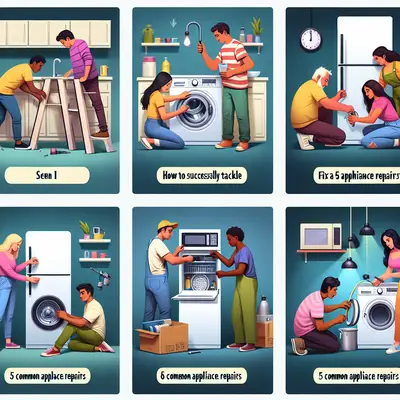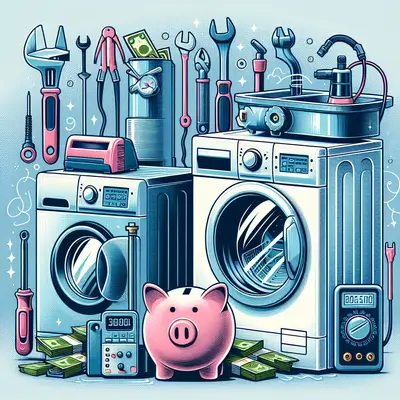From fixing a leaky fridge to getting your washer back in top form, these tips will guide you to solve common appliance problems without breaking the bank.
Know Your Appliances
Understanding your appliances is the first step to DIY repair. Consult your user manual - it usually contains troubleshooting guides and maintenance tips. Some manufacturers even have online support, where you can download manuals or watch repair videos. Knowing the ins and outs of your appliance can save you from unnecessary hassle and expensive repairs.
Use the Right Tools
Having the right tools is essential. A good set of screwdrivers, pliers, a multimeter for checking electrical continuity, and a socket set can help you tackle most appliance repairs. Investing in quality tools will pay off in the long run, as they can handle the rigors of DIY repair.
Safety First
Turning off the power supply before you begin any repairs is crucial to avoid electric shocks. Don't forget to wear protective gear such as gloves and safety glasses. Also, be mindful not to force parts apart to prevent damaging your appliance further.
Don't Ignore the Small Parts
Small parts like screws, clips, and fasteners play a vital role in keeping your appliances working. When disassembling an appliance, keep track of these small parts to ensure they all go back to their correct places during reassembly.
When in Doubt, Call the Pros
While DIY repairs can be cost-effective and rewarding, some problems are best left to professionals. If you're uncertain about a repair, it's wiser and safer to call in the pros.
Conclusion
DIY appliance repair doesn't need to be daunting. With these surprising and effective tips, you can tackle common appliance issues with confidence. Remember, understanding your appliances, using the right tools, prioritizing safety, paying attention to small parts, and knowing when to call the pros, are key to successful DIY repairs. Happy fixing!



